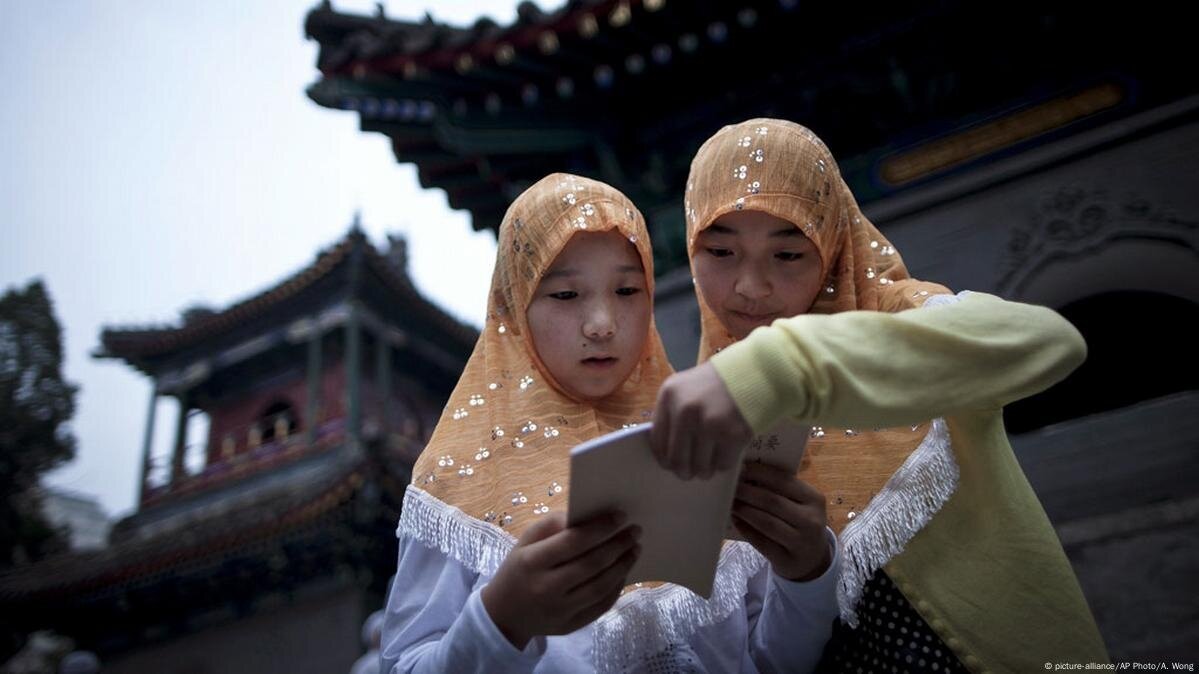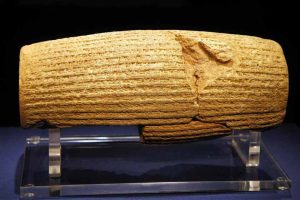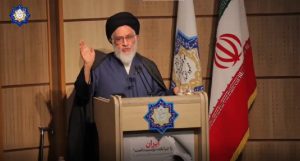According to the news agency News Online, Goddess Shams In the introduction to the dialect, he wrote: The book “Tao of Islam”, by Sachiko Murata, is one of the most important and deepest works in the analysis of gender proportions from the perspective of Islamic mysticism and wisdom. This book, which acknowledges by greats such as Annemari Shimel and Mohammad Legenahausen, is not just an academic research; Rather, it is a masterpiece in providing a rational response to feminist attitudes and modern suspicions against Islam.
Morata has been exemplary in the ocean of more than forty -eight Muslim thinkers, and is a completely new and enlightening plan by linking gender dichotomy to Islamic thought with the concept of “Yin and Yang” in Tao’s philosophy. Given the academic importance of this work and its conceptual complexities, the role of translation in the precise transfer of this intellectual system into Persian is a decisive role. For this reason, I discussed the challenges of translating this work and receiving new dimensions, discussing with Ismail Ali Khani, Associate Professor of the Iranian Institute of Wisdom and Philosophy and one of the translators of this book, which you read below.
****
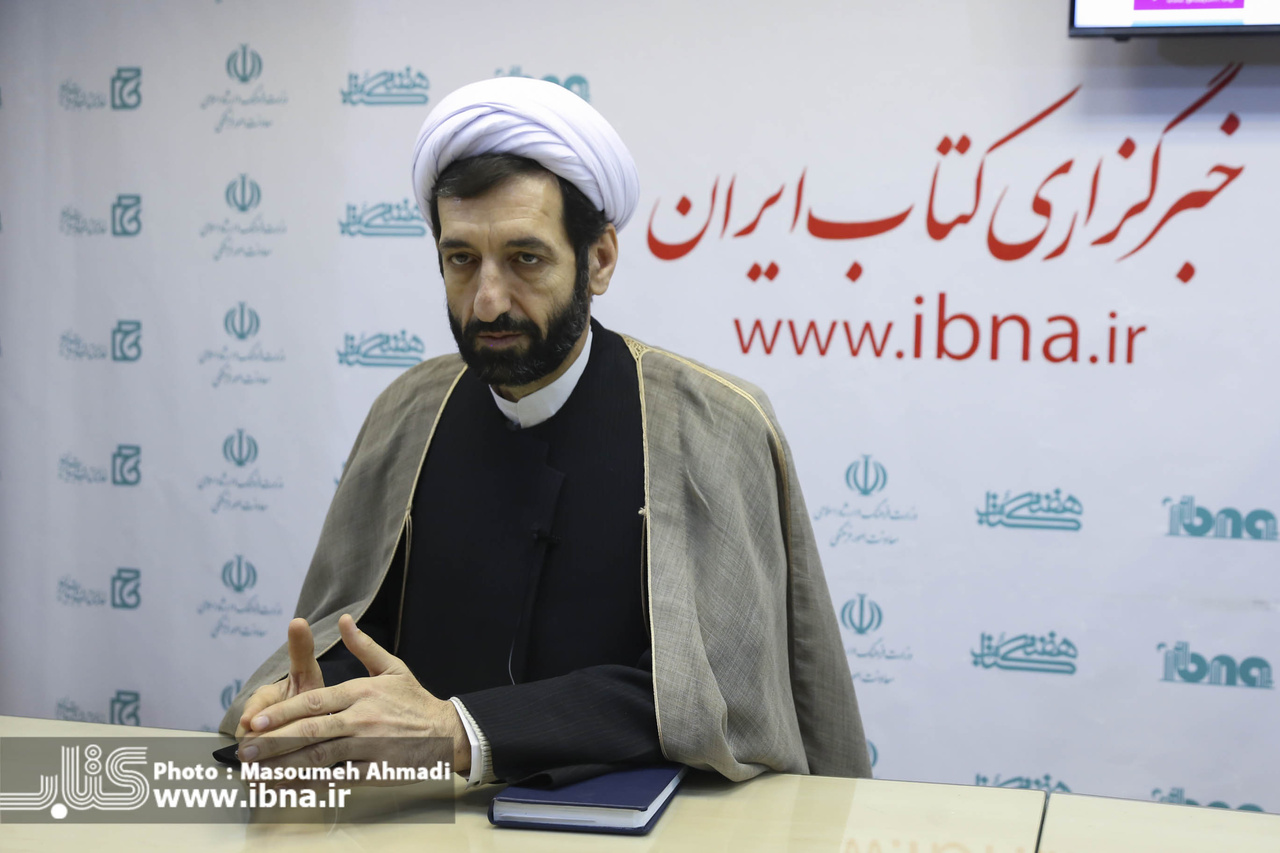
Ismaili Ali Khani
In the book, “The Couple of the Names of God” is compared with Yin and Yang. Don’t you think this will change the meaning of both things?
Of course, this question is about the author and I am not the author of the book; But what the author has been considered compared and, more precisely, is the creation of the meanings of divine names with Yin and Yang, not the names itself. The author described his motivation from writing the book, a central comparison between the two principles of the female and male Taoist Yin and Yang with the symbolism of gender in Islamic thought. In his words, in Islam everything is understood with God, and the Islamic understanding of God Himself is achieved between the two poles of the divine and the affectionate, that is, the tanziyyah, which are comparable to the elements of Yang and Yin, the Taoist thinking, respectively.
Ms. Murata also mentions the attributes of God the same ninety -nine names of God, divided by Islamic scholars into the attributes of glory and glory to the names of Yaghi and Yini. Various symbols of the Qur’an, such as tablets and pen, may also be interpreted according to female and male duality. Therefore, the author compares the meanings of divine names with Yin and Yang from a symbolic and metaphorical perspective, not in every respect. Certainly, in any comparison, the fully compatible and 100 % compatibility would be realized; But most similarities are considered.
When you put Islamic mysticism together with Taoi philosophy, are these similarities always real or are the author’s personal perception more bold?
With the view of a phenomenologist of religion, one can call Jalal, which is super -power and masculine, and Jamal as kind and beautiful, Yin; Because in both traditions there is a belief that only with the solidarity of these two principles, life can continue. In particular, Molana Jalaluddin Rumi, with a strong prose, describes the interconnected influence of these two aspects of our lives and has mentioned it in many of his sonnets and Mathnawi. Thus, from this perspective, these similarities are real; However, it may be a personal impression from another perspective.
Is the book’s view of “sex theology” in Islam more on the words of the mystics or has jurisprudence and theology?
The author’s more accurate expression is “gender theology”, not sexual theology. The approach of this book is a “ruling” that is a combination of mysticism, metaphysics, the Qur’an and theology; What is evident from the works used in the text of the book by the Qur’an and the Hadith and the works of the Wisdom and Felisofan, the mystics and the commentators and theologians are well evident; However, the mystical approach is more prominent and evident.
For example, without exaggeration, it can be said that the issue of monotheism and its role in creation has been a central issue in theological thought, especially the mystical thought of Islam, and it is clear that in jurisprudence it is one of the issues that play the first role. Just as the two fundamental verbal approaches, “Tanziyyah” and “simile” of God, are the subject that this book has been very much of attention to, and the foundation of the discussion of glory and glory is based on it.
Islamic thought about God focuses on the divine names or attributes of the Qur’an, which is the so -called ninety -nine names of God. Each of the two fundamental perspectives is related to specific names or attributes. The Tanzan of God is reminiscent of names such as Qadir, dear, great, Zuljalal, Jabbar, Creator, Arrogant, Almighty, Malik, Qahar, Critic, Members, Tradition and Bad. According to tradition, these are called glory or anger or justice or anger.
The author calls them “names of Yang” in this current context; Because they emphasize greatness, power, control and masculinity. On the contrary, the likeness of God is reminiscent of names such as Jamil, Tabriz, Rahim, Rahman, Wudd, Latif, Amnesty, Ghafour, Mohi, Benefit and Wahhab. These names are known as gems, grace, grace or mercy. These are “Yin’s names”; Because they insist on obeying the will of others, softness, acceptance and acceptance.
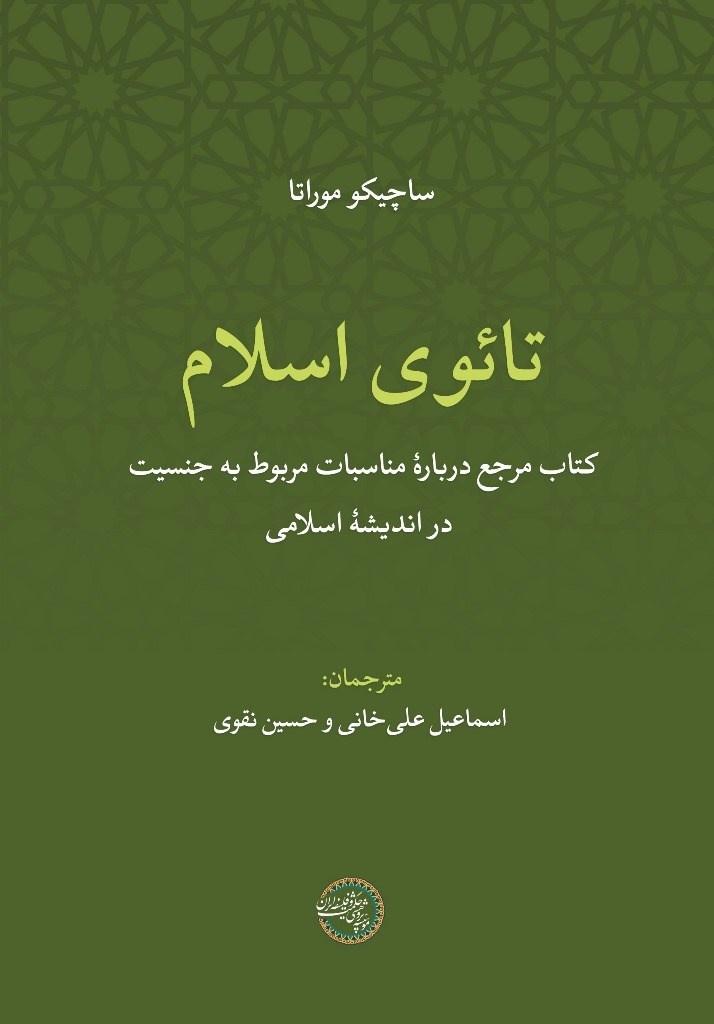
Could the book gives the book about the role of men and women in metaphysics, may it be sensitive to today’s Iranian society?
In your own words, the book talks about the real and realistic facts and the soul Therefore, it has nothing to do with today’s position and tomorrow. The principle of religion and revelation, that is, the Qur’an is also confronted with events; Express the facts of al -Amari and metaphysical self; Whether or not a society is favored at some point in time.
In the final chapter, the author states about the meaning of the true human, which is very contemplative. In his words, which is the true and true impression of the Shari’a of Islam, the real man is the one whose reason or soul dominates his soul; It doesn’t matter what his gender is physically. Therefore, as it is repeatedly stated in the book, the word “man” here is valuable; The purpose is “fatwas”, “young man”, “self -sacrifice” and so on.
And the word “woman” is also often used to refer to the inferior elements of the soul, which abuse. In this sense, the woman may be called a man. As according to Rumi, Jalaluddin Roman, sometimes “heroism is hidden in the body of a woman; As it was about Mary.
According to the author, Muslim cosmologists, like Chinese cosmologists, never find anything exclusively active or passive. Everything in the world has both Yin and Yang features. This feature can be discovered by exploring the different relationships of objects.
Murata says “balance and duality” is the principle of Islamic cosmology. Does this represent all the intellectual currents in Islam or just part of it?
From the metaphysical and mystical perspective, and in many cases, the Qur’anic and, in the introduction of Anne Marie Shimel, in the preface of the book, “After a careful study of Islamic law and its esoteric tradition”, he raises this “balance and duality”. Investigating the opinion of all intellectual currents in Islam requires separate research.
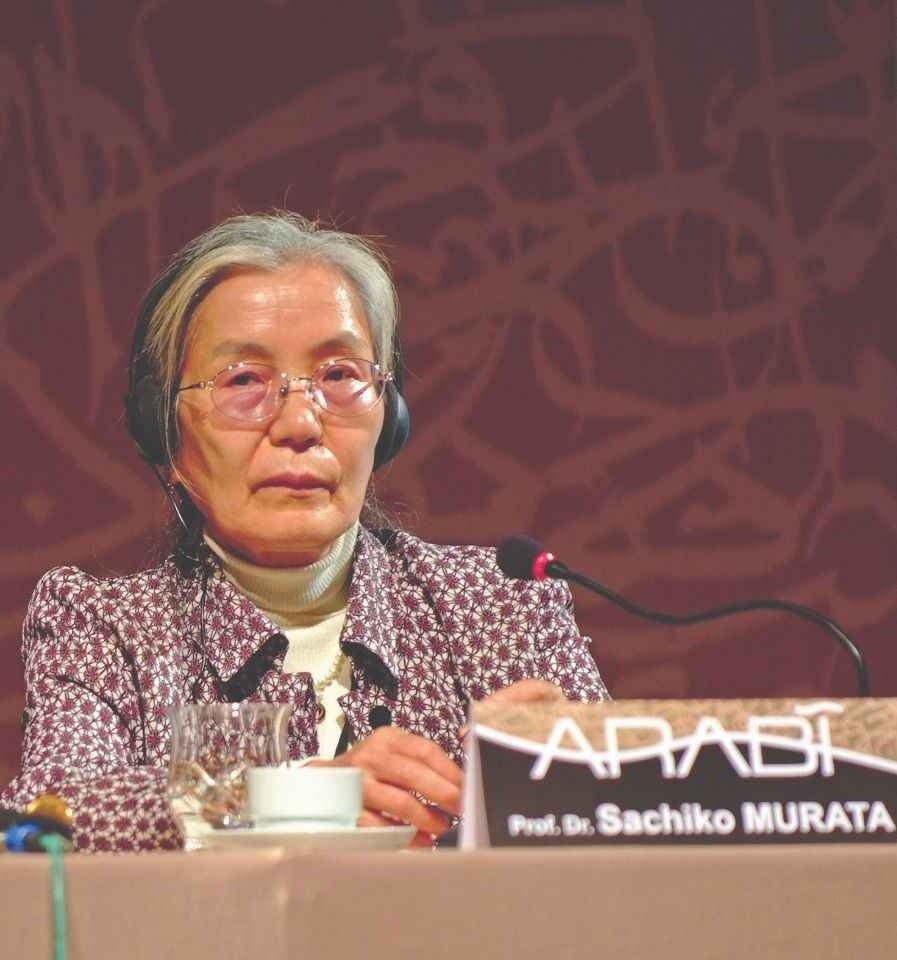
Sachiko Murata
When comparing Chinese and Islamic philosophy, is there the risk of over -simplifying concepts?
This risk exists in every comparative comparison and study, and Murata itself states in the book’s income that it is aware of the dangers of comparative approaches and its purpose is not merely comparison: “I must clarify that I do not consider my trend as” comparative “. I am well aware of the implicit risks of adaptive approaches, which lead to superficial results based on appearance similarities. We have to deal with them at one level to compare two things, but I have no intent, and I can’t do so if I want.
What I do in my effort is to introduce some of the key features of Islamic thought by referring to some of the principles derived from the non -Western tradition. Hopefully, with this work, I have avoided the various assumptions of the nature of truth, especially the various assumptions related to the gender proportions of most Western studies on Islam. “I hope that a relatively new perspective may introduce an important point in Islamic thought that the usual approaches have not reached.”
Some say that Morata’s view is more mystical than jurisprudence. Didn’t this not see other important parts of Islam?
As it has been, despite the predominant view of the mystical book and, more precisely, Murata is “ruling”, it is not that this view has ignored other parts of Islam; Because in many cases she also expresses the Islamic jurisprudential view of women and gives special respect for Islamic law and jurisprudence.
This is a virtual look and a symbolic and humorous reading; Of course not permitted here against the truth; Because it can also achieve the depth of the truth by being permitted. The permissible here is something metaphorical, against literal and literally, not against the truth. But even with a fast book, it can be seen that the effort is not to replace a set of metaphorical communication with the Shari’a. In the place of the book, Ms. Morata emphasizes the great respect she has given to the sacred law of Islam.
In expressing the social requirements of the two attributes of the two attributes of the divine and the glory of the divine and the Yang -it explains that the first task of man is to obey the divine law, or the Shari’a; Because it is only because of the fear of glory that we take the way to the attributes of the glory. Another point is that attention to the permissible and metaphor in this book is not to allow for the appearance of religion, but for its shower. Traditional differences in gender roles, which have been law in Islamic law, not by claiming sexual discrimination, in which he considers the woman to be more and more low than the man, but by showing how these differences are proportionate to the understanding of the truth, which is comprehensive and hierarchy.
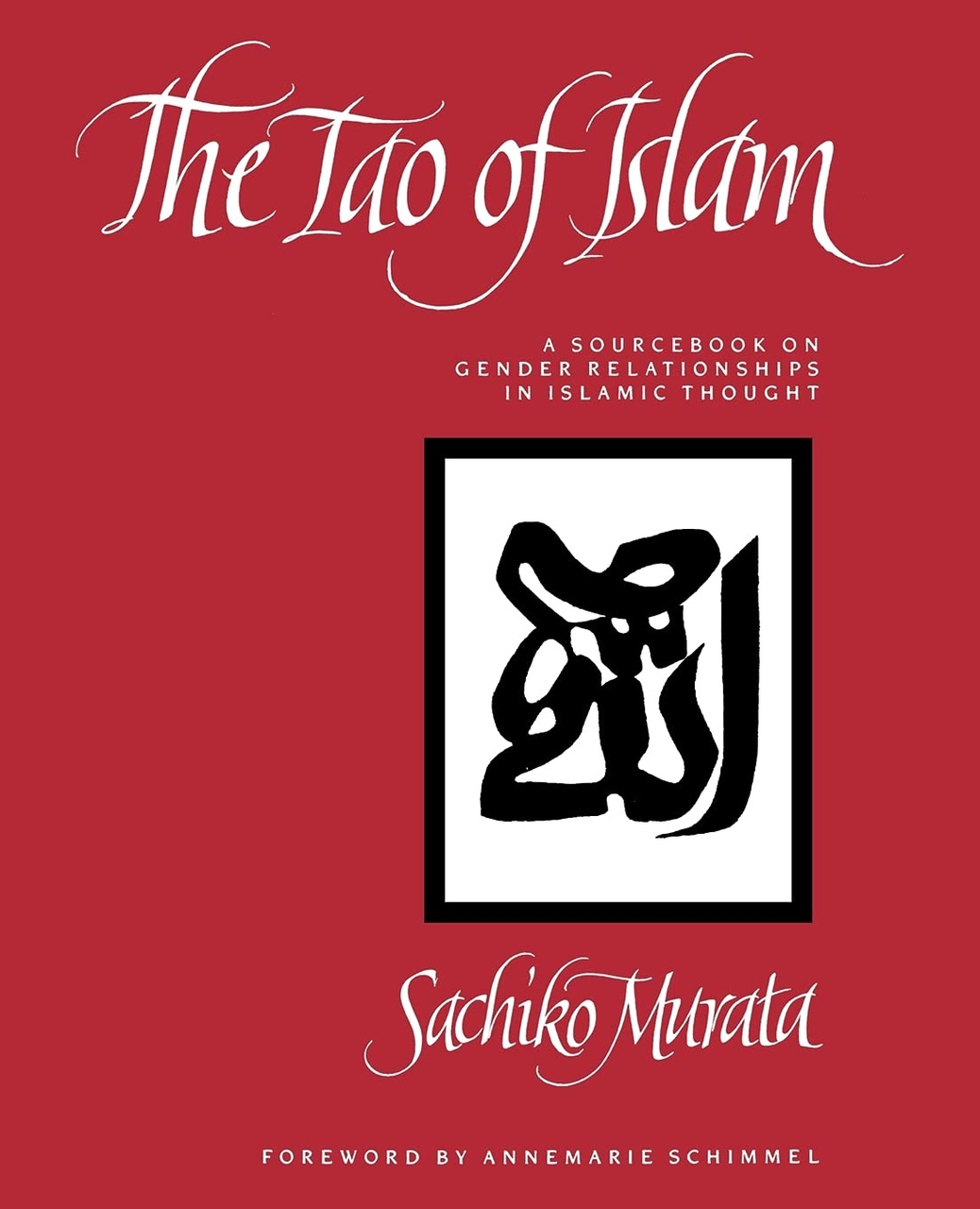
English cover
The language of the book is a little academic and is different from the language of ancient Islamic or Chinese texts. Do you know this as an advantage or a problem?
In translation, of course, the technical vocabulary used in Islamic mysticism and wisdom, such as “first determination”, “manifestation”, “fatwas”, “techniques” and so on. However, we have tried to adjust the book’s time in accordance with the understanding and literature so that it can be comprehensible to the modern reader. However, in cases where the author has used Persian works, we have brought those texts to preserve readers’ trust and acquaintance with the principle of old mystical and metaphysical literature.
Do you think these comparisons make foreigners understand Islam better or vice versa, they may make a mistake?
Certainly, from these comparisons and adaptations, the truths of Islam arises, and this is one of the best ways to express the truths of a religion, especially Islam; Because the author himself constantly points out that this view is a symbolic and based on a judgmental approach, not jurisprudential and law.
This book provides a real challenge for the Western reader and provides an opportunity to doubt the dominant values of liberal culture about women and his judgment on “women” from the point of view of religions, especially Islam. Of course, this book does not seek to eliminate misunderstandings among Muslims and non -Muslims over jurisprudence of women, but rather to show how gender concepts, which today are very vulnerable to Western political thinking, have no function in the Islamic spiritual tradition. Al -Sha’a’ah has no. This book offers a completely different way of thinking about gender.
If you want to teach parts of the book to students, which parts do you know more controversial and why?
Two of the topics of the book are still in urgent need for today’s scientific society: first, the difference between men and women and the characteristics and capabilities of each, and given these differences and characteristics, the expectation of religion, and therefore, society is from each of them.
Second, the role of feminine spirituality in their education and the people around and advances the goals of religion; A topic that is not very significant even among the religious people. The prominent role of women ahead of Islam, such as Khadijeh, Fatima Salamullah Ali, and the ornament of Kobra in defending the religion and pursuing the goals of Islam and the Prophet of Allah (peace be upon him) and the upbringing of the generation can be an example of these roles.
As can be seen as women who have played a role in the history of mystical thought and practice. It is clear from the biography of the mystics that most future spiritual leaders have received their first religious inspiration from their pious mothers. This feminine aspect of Islamic life is usually ignored.
1
منبع: www.khabaronline.ir

